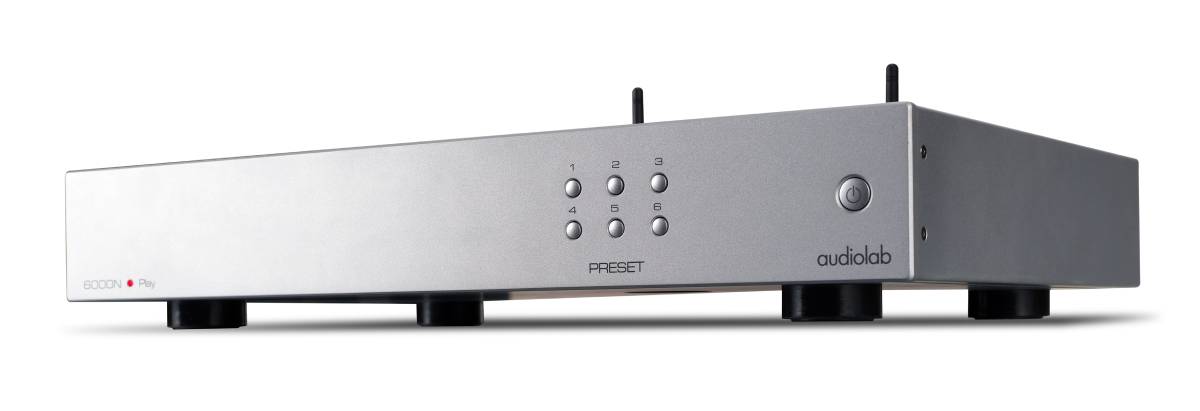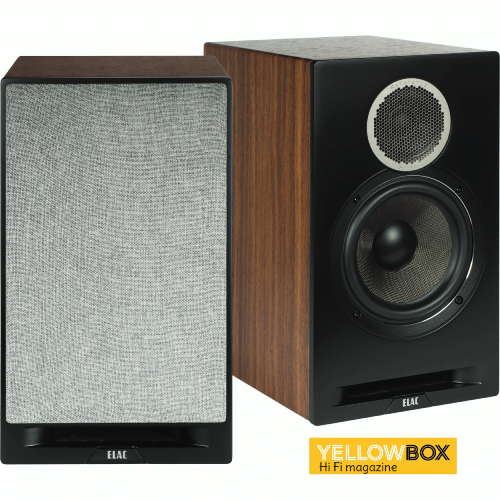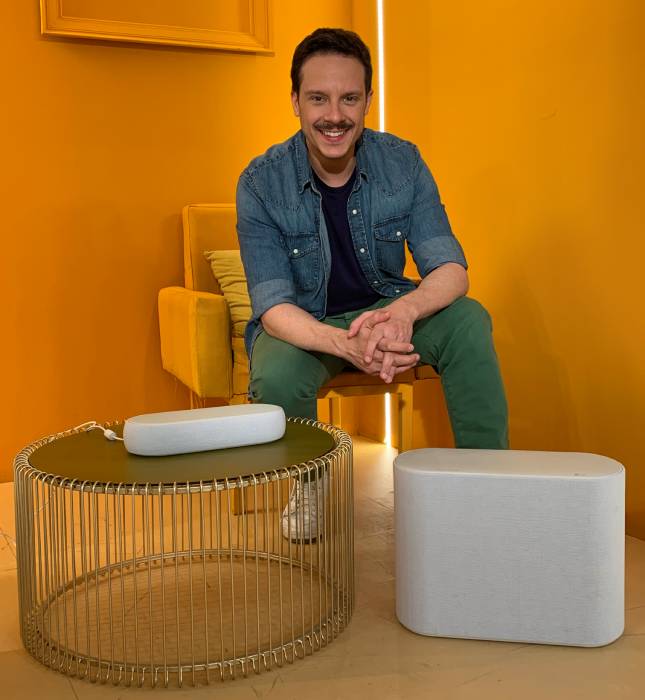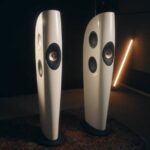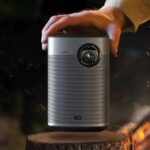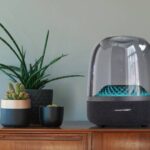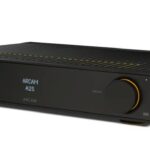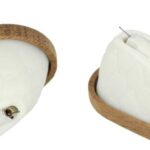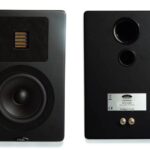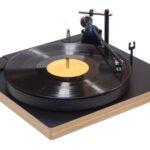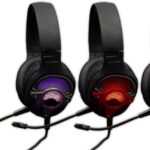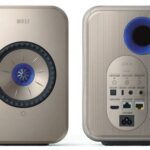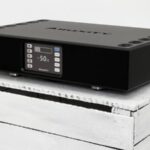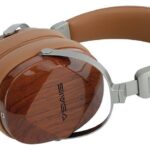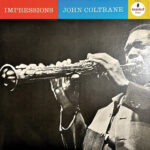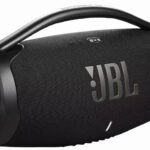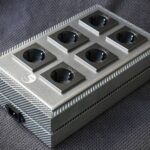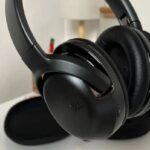We are trying Audiolab’s first attempt to create a streaming device and we find that it’s a very good combination of features, quality and price!
6000N Play is Audiolab’s first venture into dedicated streamers. The British manufacturer is not a new player in the field of audio. It started in the early 80’s and has introduced a respectable range of audio devices. From complete amplifiers such as the 6000A to CD transport such as the 6000CDT. The common feature of all these devices is their affordable price. Essentially it comes to complete the 6000 series, to match the 6000A and together to give a complete system at a reasonable cost. In addition to transporting the signal as transport, the 6000N can undertake its conversion to analog with the built-in DAC. All these without cables, with wireless streaming and multi-room capability.
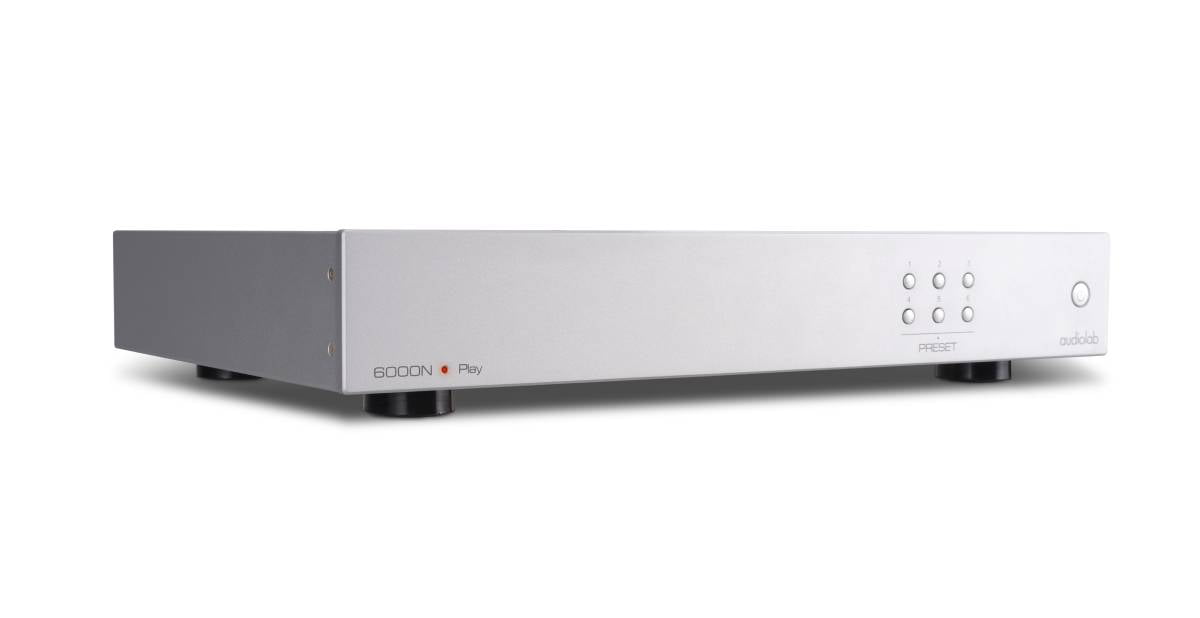
6000N, the N for Network
The truth is that we were a little bit confused with the names that the company has chosen for its models. 6000A, 6000CDT, 6000N… it will reach the end of the alphabet. In the second phase, however, they seem logical. All these devices together make up the 6000 series and the final letter highlights the role of each one. As CDT suggests that we are dealing with a CD Transport, anyone who first knows the series could assume that N indicates a Network streamer. He would, of course, be right. The 6000N Play is a streamer with significant networking capabilities. Whether wireless, using two Wi-Fi antennas, or wired, via the Ethernet port, the Audiolab steamer becomes part of our home network and allows us to play music from devices such as mobile phones, tablets, computers and NAS. Everything is possible thanks to the DTS Play-Fi platform whose application can be downloaded for free on all the above devices. The Play-Fi platform is used by several products in the area and offers the ability to manage and group them in rooms. Multi-Room! Each room or device gets access to a variety of popular streaming services such as of course Spotify, Tidal and Qobuz and others such as Amazon Music, Deezer, HDtracks, Napster and TuneIn. Respectively there is the possibility of finding and listening to thousands of internet stations and also music files from a local server via DLNA. The maximum possible resolution of these files is set at 192 kHz / 24 bit which is converted by an ES9018 Saber2 DAC chip in a similar implementation to that found in the integrated 6000A. The design of its circuit has elements from the transport of the series, incorporating a corresponding isolated power supply with a toroidal transformer. So, for those who want to stay in the Audiolab ecosystem, the solution looks like an ideal match with the integrated 6000A amplifier, but in any case, it’s possible to use it with devices from any other company. For its use as a transport the 6000N provides a coaxial and an optical output at the rear while for its use as a DAC it provides a single-ended (RCA) output. The 6000N’s approach to level adjustment is also quite interesting. If the user has the company’s integrated 6000A, he can connect the two devices via USB cable and use the Play-Fi application to check the amplifier level.
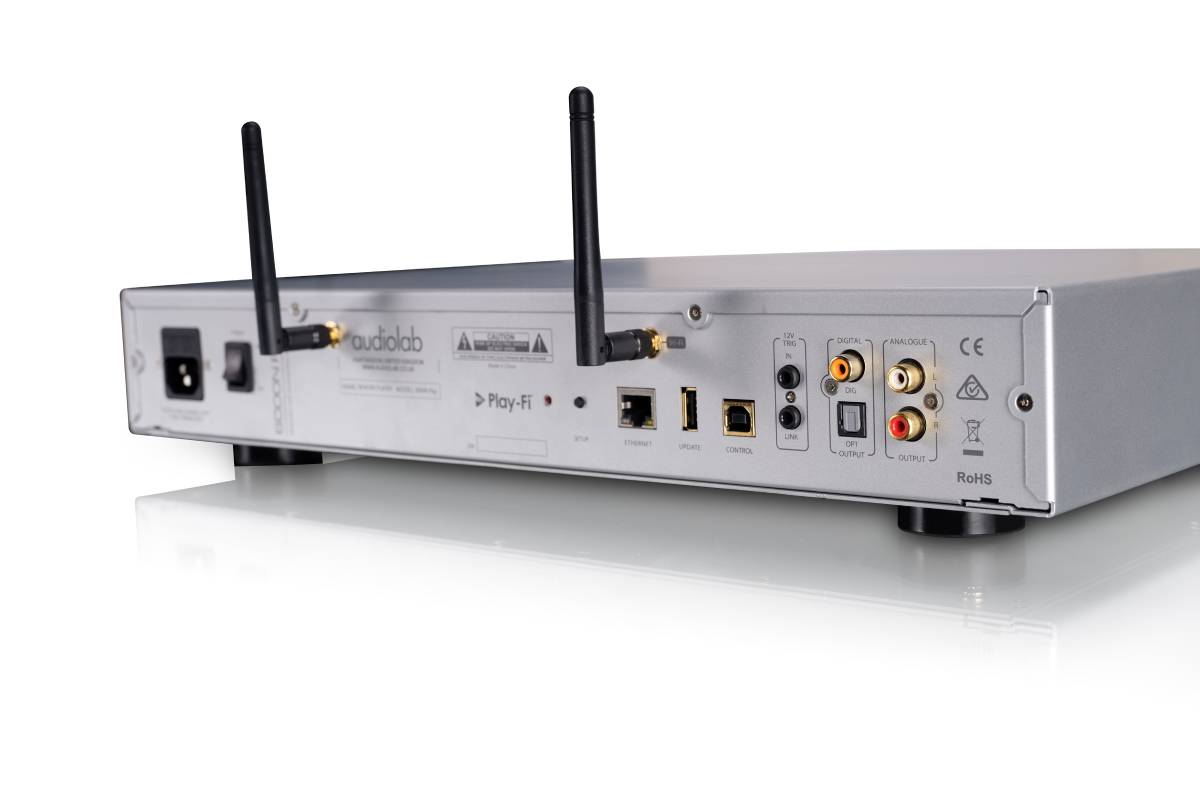
Remarkable Player – Great DAC
The 6000N Play exterior has the familiar minimal elements, with the small metallic, dimensions 44.5x8x33cm. Like the company’s amplifier, the chassis is available in silver and black, maintaining a uniformity that allows the two devices to be stacked on top of each other. The weight of the streamer is about 5 kg while for the quality of its construction we do not have to say anything negative. In our test it replaced the Metrum Ambre as a transport and connected to the DAC Metrum Onyx DAC while we also tested it as a stand-alone device replacing both Metrum machines. The user experience was considered satisfactory with the connection of the device to the internet being easy. By pressing the relevant button on the back, the device enters pairing mode and becomes visible in the Play-Fi application through which the connection of the 6000N to the local network is completed. The process did not take more than 5 minutes.
As far as concern the Play-Fi application itself, we did not face any problem other than the lack of gapless playback support that we would like it to have. In fact, of course, as long as the device is UPnP / DLNA compliant, you can use any such application, which will see the 6000N as a renderer. The 6000N Play itself, however, was considered quite remarkable as a transport. With this, the Metrum Onyx performed with its known features without being coloured by the Audiolab streamer. The differences we heard regarding the combination of the Ambre and Onyx teammates were small and if one considers that the Ambre is made for the Onyx, this is right. If we could give some clues, the listening with the Audiolab streamer the sound was a click harder and clearer while with the Metrum streamer was a little coarser and smoother. In some tracks we preferred Audiolab which we do not hide that surprised us. However, we had no surprises in using the internal DAC of the 6000N. The sound may not have the flow and naturalness of Onyx, but it stands very well with a balanced presentation, good performance of the dynamics and details of the recording without getting tired.
In conclusion, the 6000N play give us positive impressions such as its simple but sturdy metal construction, its trouble-free operation and of course many of its functions, which are supported by very serious sound performance for the price category, both as a transport and as a stand-alone device. The user can easily start with the internal DAC and he can continue with a more expensive converter, keeping the 6000N as a transport/streamer. The application of DTS Play-Fi was the one that could have been better and especially the lack of gapless playback, but the truth is that in version 7.0 we tested, this was not a significant problem. However, the software changes often, but not the hardware and the hardware of the Audiolab steamer is absolutely remarkable!
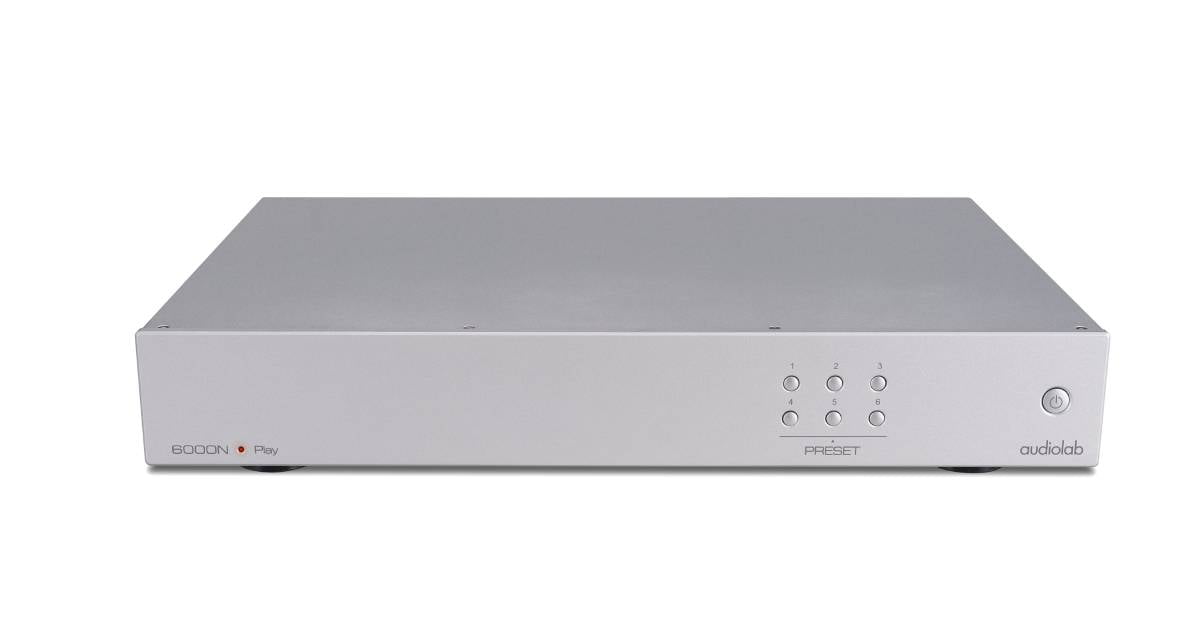 Overview
Overview
Audiolab 8000N Play
Description: Network player / streamer
Compatibility: UPnP / DLNA
Network infrastructure: Ethernet / Wi-Fi
Digital outputs: 1x coaxial (RCA), 1x optical (Toslink)
Analog outputs: 1x single ended (RCA)
Sample rates: up to 24-bit / 192kHz
Control application: DTS Play-Fi
Other features: Central control bus, USB port for upgrades, USB port for compatible device level control, silver / black finish.
Dimensions: 445x80x330 (mm, πxυxβ)
Weight: 4.9kg
info: Orpheus Audio, tel .: 210-5221.524 https://www.orpheusaudio.gr
Price: € 589
The review is was written by Manos Mastrantonakis and is included in YELLOWBOX magazine no.11

